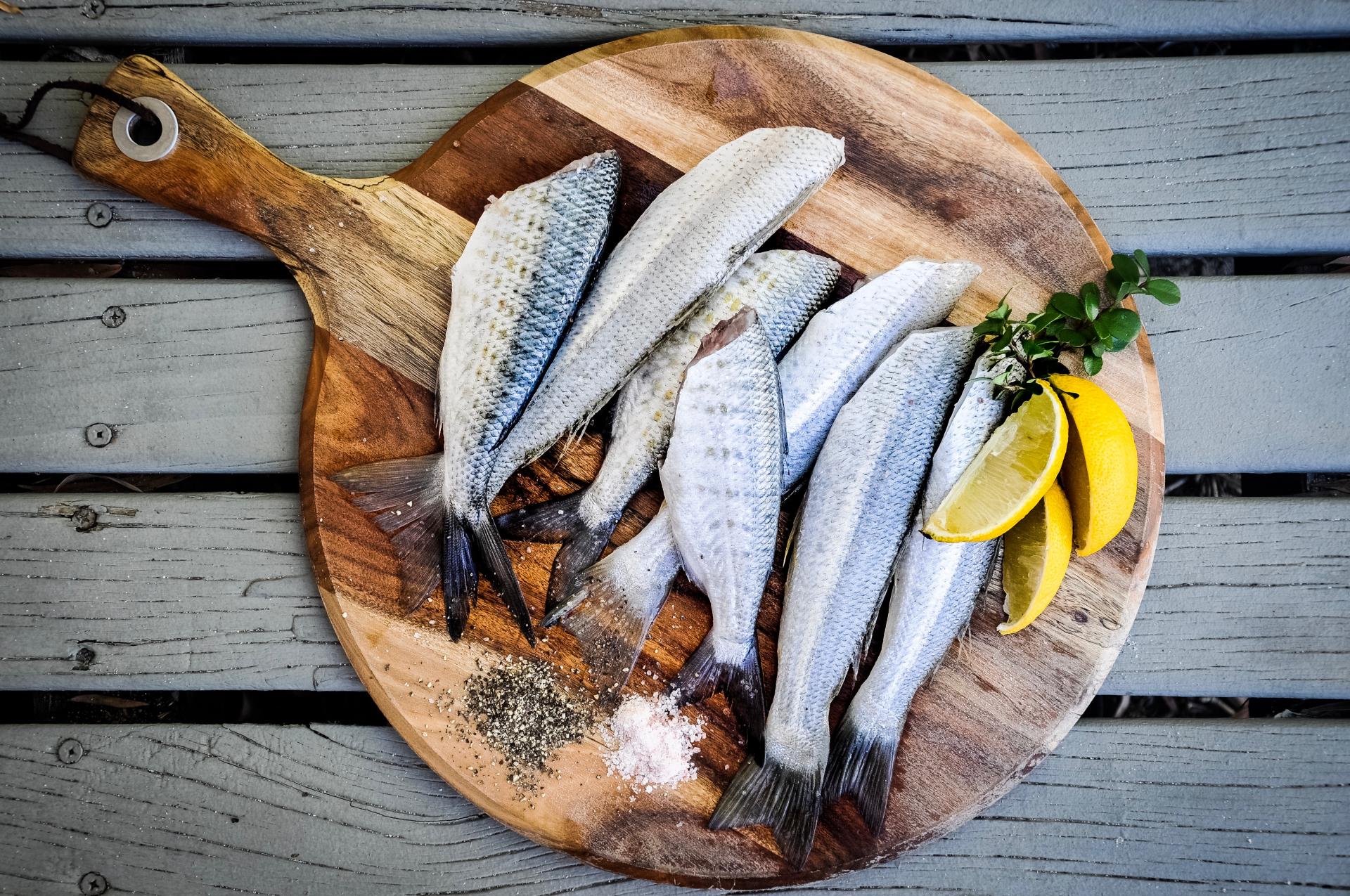Eat This Seafood If You Want To Reduce Your Mercury Intake

Unsplash/Patrick Browne
You probably already know that seafood is healthy and that you should be eating it regularly. After all, it’s loaded with heart-healthy omega-3 fatty acids, muscle-building protein and essential vitamins and minerals. But unfortunately, you can get too much of a good thing and, in some cases, this applies to seafood. Some seafood varieties contain high levels of methylmercury, a type of a mercury that can be highly toxic to the human body if consumed in large quantities.
What Is It
Methylmercury is the dominant form of mercury found in fish, and it’s also the form of mercury that people in the United States encounter most frequently. Nearly all methylmercury exposure in the U.S. occurs when people eat seafood and shellfish that contain high levels of this compound.
Mercury occurs naturally in the environment, but it’s present in large quantities in the ocean, mainly due to the burning of coal and other mining and industrial activities. When mercury enters a body of water, it undergoes a chemical transformation into methylmercury because of the presence of certain bacteria. Fish absorb methylmercury when they eat other aquatic organisms and pretty much none of this compound is lost during digestion. Therefore, larger, longer-living fish that feed on other fish that are higher in the food chain accumulate more methylmercury over time. That’s why big fish like shark tend to have a higher mercury concentration when compared to smaller fish like cod.

Unsplash/Jeremy Stewart
Health Risks
Too much methylmercury in your diet from any source can cause a loss of coordination and damage to your nervous and immune systems. If ingested at high enough levels, it can even be fatal. High levels of methylmercury can be especially toxic to young children and fetuses — it can negatively affect the development of their cognitive, motor and sensory functions. For this reason, the Food and Drug Administration recommends that women who are pregnant, breastfeeding or may become pregnant in the near future should limit their seafood intake to two or three servings per week. Additionally, the seafood that you do eat should be the low-mercury kind (no shark for you).
High-Mercury Fish
Commercially available fish that has the highest levels of methylmercury includes king mackerel, shark, swordfish and tilefish. You should limit your intake of these types of seafood, especially if you’re a new mother, a mother-to-be or looking to try for a baby in the near future. Sadly, canned albacore (“white”) tuna and tuna steaks or fillets are also relatively high in mercury, so the FDA advises that people of all ages limit their intake of these types of tuna to six ounces per week. If you’re a big tuna salad fan, don’t fret — you can still get your fix by eating canned “light” tuna, which is typically processed from smaller species of tuna and, therefore, contains less mercury.

Pexels/Oscar Mikols
Low-Mercury Fish
In general, smaller fish that live for shorter lengths of time have less mercury content compared to larger fish and ones that have longer lifespans. If you’re looking to reduce your methylmercury intake while still eating seafood regularly, opt for the following commercially available fish and shellfish.
- Catfish
- Clams
- Cod
- Crab
- Salmon
- Flounder
- Haddock
- Herring
- Ocean perch
- Oysters
- Rainbow trout
- Sardines
- Scallops
- Shrimp
- Spiny lobster
- Tilapia
- Trout
There’s no need to swear off seafood altogether and miss out on its major health benefits. Just stick to this long list of low mercury picks, and get cooking!
RELATED
5 Reasons Snails Are About To Become Your New Favorite Health Food
Here’s How You Can Make The Ultimate Feast Of The Seven Fishes Dinner
Whole Foods Changes The Sushi Game With Plant-Based Fish











